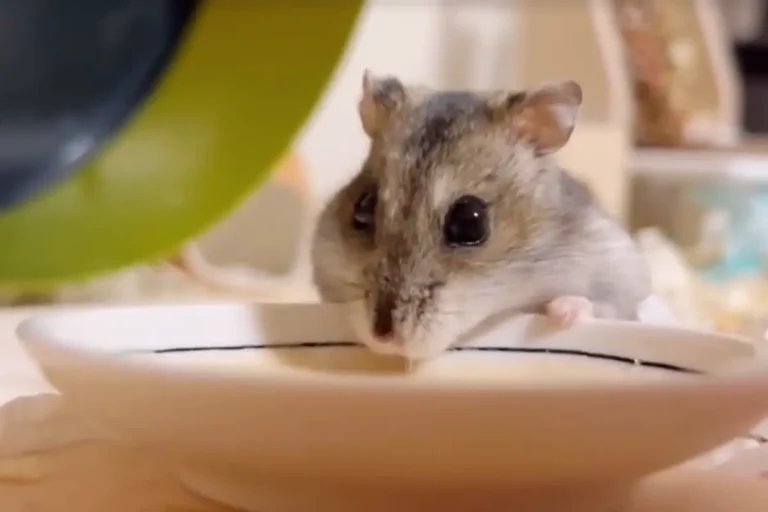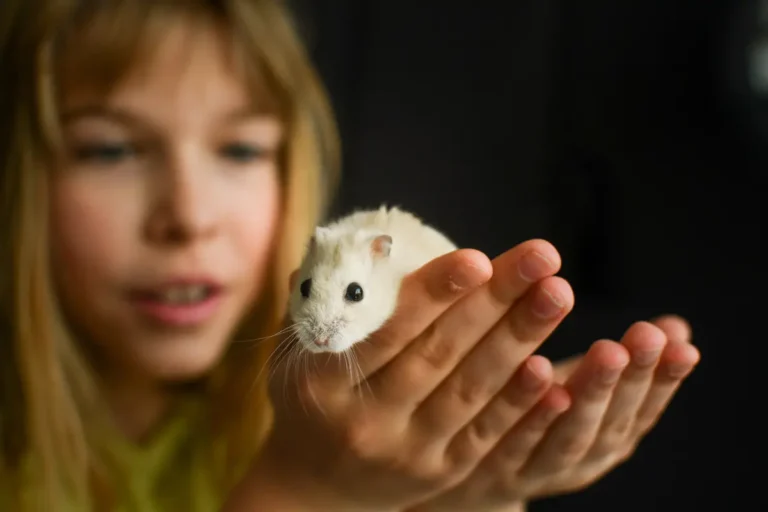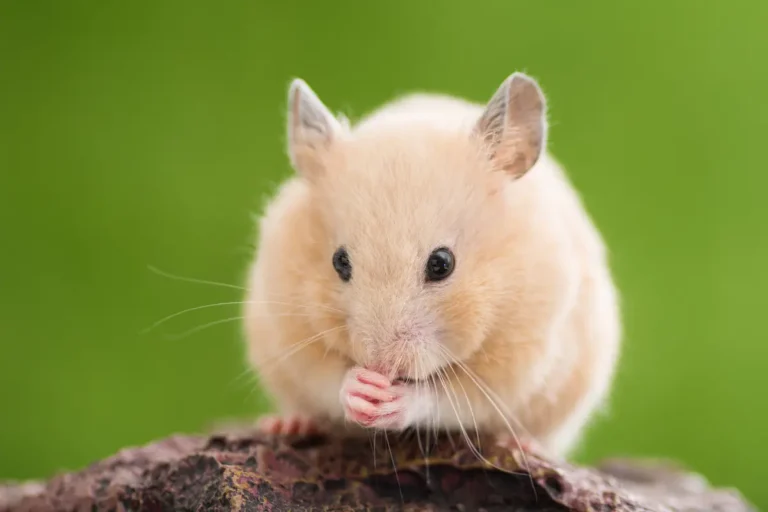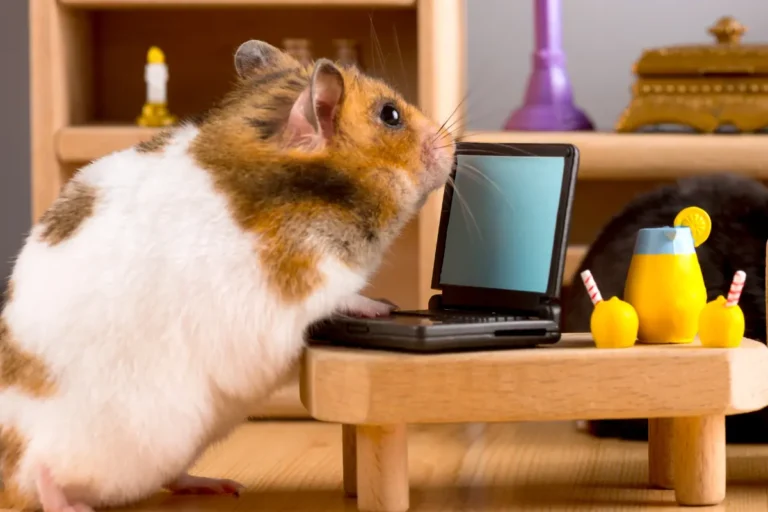Pregnant or Not? How to Read the Signs in Your Rabbit (No Palpating!)
Wondering if your rabbit might be pregnant—but don’t want to touch her belly to find out? Good news: you don’t have to. Rabbits show plenty of clear signs through their behavior and body changes.
First Things First: Can Your Bunny Even Be Pregnant?
Before diving into symptoms, make sure a pregnancy is possible. Ask yourself:
- Is your bunny unspayed and over 4 months old?
- Has she been housed with an unneutered male—even briefly—in the last 30 days?
If the answer is yes, pregnancy is possible. Rabbits can get pregnant as early as 12–16 weeks of age and can conceive within minutes of mating.
Rabbit Gestation at a Glance
| Fact | Details |
|---|---|
| Length | 28–35 days (average is 31 days) |
| Ovulation Style | Rabbits are induced ovulators—a single brief mating can fertilize every egg released. |
| Back-to-Back Litters | A doe can conceive again within hours after giving birth. Always separate her from intact males immediately post-kindling. |
Tip: If you suspect a pregnancy, start tracking the date of mating (or potential exposure) and monitor closely after day 25 for nesting behavior.
Why Skip Palpation?
Feeling for developing kits (a method called palpation) might sound straightforward, but it’s tricky to do safely. The tiny, grape-sized embryos can only be felt between days 10 and 14, and even then, it takes a very gentle, trained touch.
Pressing too hard can injure the kits or cause the body to reabsorb them. On top of that, many do hate being flipped or restrained—they may become defensive, anxious, or even aggressive. The good news is, you don’t need to handle her at all.
Tracking behavior and physical changes over time is just as reliable. So grab a calendar, watch closely, and let your rabbit do the rest.
Week-by-Week “No-Touch” Pregnancy Checklist
If you’re skipping palpation, your best tool is patient observation. From subtle mood shifts to unmistakable nest-building, here’s what to look for—week by week—without laying a finger on your doe.
Days 0–7: The Mood Shift
In the first week after mating, hormonal changes can trigger a sharp turn in temperament. A typically sweet rabbit might start thumping, lunging at her food bowl, or grunting when you reach into her space.
This early progesterone surge makes does feel more protective and territorial—one of the first behavioral hints of a possible pregnancy.
What to do: Keep your interactions calm and gentle. If you saw a mating or suspect one occurred, jot down the date—you’ll use it to track key signs over the next month.
Days 8–14: Appetite Surge & Steady Gains
By the second week, many pregnant rabbits develop a bottomless appetite. You’ll likely see her eating more hay, drinking more water, and spending longer periods grazing.
If you’re weighing her, you might notice a subtle but consistent weight increase. This is when rapid cell division is taking place in the embryos, and her body is working overtime to nourish them.
What to do: Offer unlimited timothy hay and increase leafy greens by about 10%. No need to overdo pellets—fiber and hydration are key during this stage.
Days 15–24: Belly Rounding & Body Changes
In the third week, the signs shift from internal to visible. When your rabbit sits or flops, her belly may appear more arched or full, especially when viewed from above.
If she has a thinner coat, you might also notice that her nipples have become more prominent or slightly pink—a process often called “pinking up.” Inside, the kits are growing fast—from marble-sized to small plum-sized.
What to do: Avoid picking her up unless absolutely necessary. Around day 24, place a nesting box filled with clean hay or straw in her enclosure so she can start preparing when ready.
Days 25–30: Nesting Instincts Take Over
This is nesting week—and the clearest window into whether she’s truly pregnant. Look for your rabbit sprinting around the enclosure with a “hay moustache”—a bundle of hay or straw hanging from both sides of her mouth.
She may dig in corners, rearrange bedding obsessively, or drag materials into the nest box you provided.
What to do: Supply her with at least 4 inches (10 cm) of soft, dry hay or straw. Step back and let her create her space—it’s a vital part of the pre-birth process.
Within 48 Hours of Birth: The Fur-Pulling Finale
The final pre-birth signal is unmistakable. Your rabbit will begin plucking tufts of fluffy fur from her dewlap, chest, or flanks, depositing it into the nest to create a warm, insulated “blanket” for her soon-to-arrive kits.
Surprisingly, she may also become calmer or more distant during this time.
What to do: Don’t remove the fur. She’ll arrange it herself. This is your strongest indicator that birth is likely to happen within 24–48 hours.
🔔 Heads-up: Some rabbits show no belly enlargement at all—then suddenly build a perfect nest and pull fur overnight. That’s normal. Nesting and fur-pulling are your most reliable late-stage tells.
Source: thesprucepets.com, askmyrabbit.com, woodgreen.org.uk
Real vs. False Pregnancy — Fast Checklist
Not sure if your bunny’s expecting—or just acting like it? Use this quick side-by-side guide to compare the most common signs of true pregnancy versus false pregnancy (pseudopregnancy):
| Sign | True Pregnancy | False Pregnancy |
|---|---|---|
| Nest built | Yes | Yes |
| Fur pulled | Usually (within 1–2 days of kindling) | Often, but short-lived |
| Belly size | Grows steadily after week 2 | Little change or flattens by day 14–18 |
| Timeline | 28–35 days | 16–18 days, then returns to normal |
| Kits born | 4–12, usually overnight | None |
Tip: If your rabbit reaches day 33 with no babies, or seems to “deflate” around day 18 and goes back to her usual self, it’s time to call your rabbit-savvy vet. An ultrasound or X-ray can confirm what’s going on—with no guessing needed.
What to Do If You Think She’s Pregnant
Even without palpation or vet confirmation, you can help her prepare safely:
✅ DO:
- Provide a nest box with soft hay or straw around day 27
- Minimize stress and avoid rearranging her cage
- Offer extra hay and fresh water
- Leave her alone when nesting—interrupting may stress her or delay labor
🚫 DON’T:
- Try to “check” her belly manually if you’re unsure
- Introduce new rabbits during this time
- Move the nest once built
When to Call the Vet (Still Hands-Off!)
You’ve been observing like a pro—but what if things don’t go as expected? Here’s when it’s time to You’ve done all the right things—but what if something feels off? Here’s when to bring in expert help:
- It’s day 33+ and no labor or kits: Most does deliver by day 31. After that, get her checked.
- She strains for over 30 minutes with no results: Could be a stuck kit. Don’t wait.
- There’s bloody discharge, she’s listless, or her temperature drops below 100°F (37.8°C): Possible signs of distress or infection.
- She ignores the nest and kits for more than 12 hours: Especially in first-time moms, this can signal an issue.
A rabbit-savvy vet can confirm pregnancy with an ultrasound (from day 10) or an X-ray (after day 26)—and, if needed, administer safe medications like oxytocin to support labor. All without you needing to palpate or intervene.






